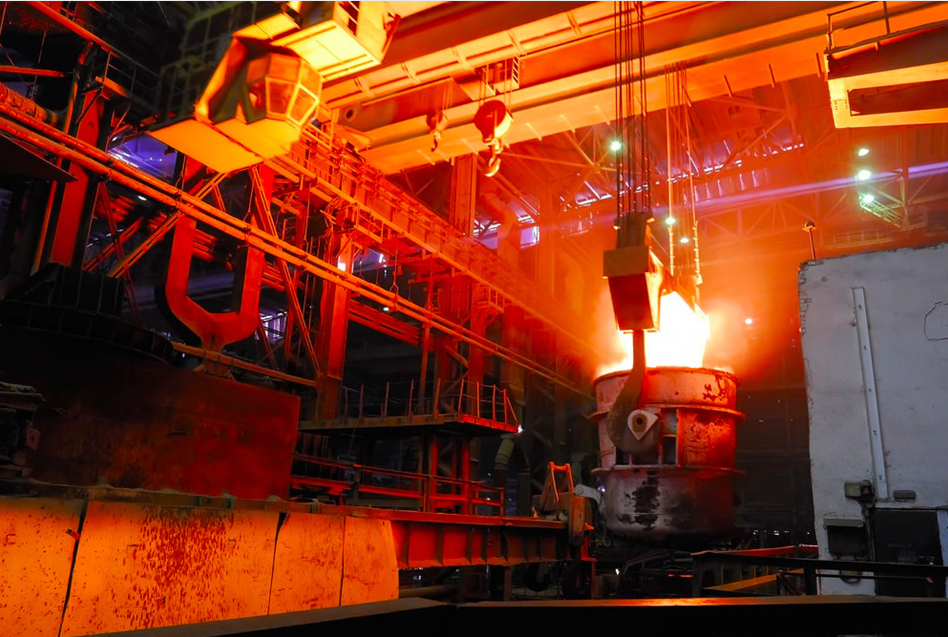Introduction:
Die casting is a widely used manufacturing process that involves injecting molten metal into a mold cavity under high pressure. It is known for its ability to produce complex and precise parts with excellent dimensional accuracy and surface finish. However, to ensure successful die casting production, it is important to design the part and mold properly. In this comprehensive guide, we will explore the key considerations and best practices in die casting design.
1. Material Selection:
The choice of material is critical in die casting design. Aluminum, zinc, and magnesium are commonly used metals due to their excellent castability, tensile strength, and heat dissipation properties. Factors like part functionality, required mechanical properties, and cost should be considered when selecting the material.
2. Part Design:
Designing the part for die casting involves several considerations:
a. Wall Thickness: Maintaining uniform wall thickness is crucial to ensure proper filling of molten metal and prevent defects like shrinkage, porosity, and warpage. The recommended range for wall thickness is typically 1-5mm, depending on the part size and geometry.
b. Draft Angles: Incorporating draft angles (taper) on vertical surfaces facilitates easy ejection of the part from the mold. A draft angle of 1-3 degrees per side is generally recommended.
c. Ribs and Bosses: Reinforcing ribs and bosses can enhance the strength and rigidity of the part without significantly increasing weight. It is important to maintain proper thickness ratios and fillets to avoid stress concentration and shrinkage defects.
d. Fillets and Radii: Incorporating fillets and radii at corners reduces stress concentration and improves the flow of molten metal during casting. A minimum fillet radius of 0.5-1mm is recommended.
e. Undercuts and Side Actions: Minimizing undercuts and side actions simplifies the mold design and reduces production costs. However, if undercuts are unavoidable, slides or collapsible cores can be incorporated.
3. Gate Design:
The gate is the entry point for molten metal into the mold cavity. Proper gate design is essential for ensuring smooth and uniform filling of the part. Factors like gate location, size, and shape should be taken into account.
a. Gate Location: Placing the gate at the thickest section of the part helps to minimize defects like porosity and cold shuts. It is also important to consider the direction of material flow to avoid undesirable turbulence.
b. Gate Size and Shape: The gate size and shape should be carefully designed to achieve optimal flow and prevent premature solidification. A gate cross-sectional area of 50-70% of the thinnest section of the part is generally recommended.
4. Mold Design:
The mold plays a crucial role in die casting. It should be designed to facilitate proper filling of molten metal, efficient cooling, and easy ejection of the part. Key considerations in mold design include:
a. Parting Line: Determining the parting line where the mold separates is important for proper ejection and minimal flash formation.
b. Cooling System: Strategically placed cooling channels help dissipate heat and solidify the part properly, reducing cycle time and improving dimensional stability.

c. Venting: Adequate venting ensures the escape of gases during metal injection, preventing defects like gas porosity and incomplete casting fill.
d. Ejector Pins: Properly positioned ejector pins are crucial for easy and efficient ejection of the part from the mold.
Conclusion:
Designing for success in die casting requires careful consideration of material selection, part design, gate design, and mold design. By following the best practices outlined in this comprehensive guide, manufacturers can ensure the production of high-quality die-cast parts with minimal defects and optimal performance.
-

- Vysoce přesné tlakové odlitky z hořčíkové slitiny pro automobilový zámek zapalování
-

- Magnesium alloy foundry parts bicycle wheel with CNC machining & surface finishing
-

- Vysoce přesný hořčíkový tixomulační kryt UAV
-

- Oblíbené dětské sportovní kolo Vysoce kvalitní dětské balanční kolo Dětské kolo
-

- Kolo Freehub 12/14/16 Inch Dětské kolo Low Rider Bike Dětské kolo ze slitiny hořčíku a hliníku 3-8 let staré Skladem
-

- Zakázkové slévárenské výrobky vysoce přesné tlakově lité díly pro integrovaný rám elektrokola

 0086-750-5616188
0086-750-5616188 +86 13392089688
+86 13392089688 sales@zhongmei-tech.com
sales@zhongmei-tech.com







